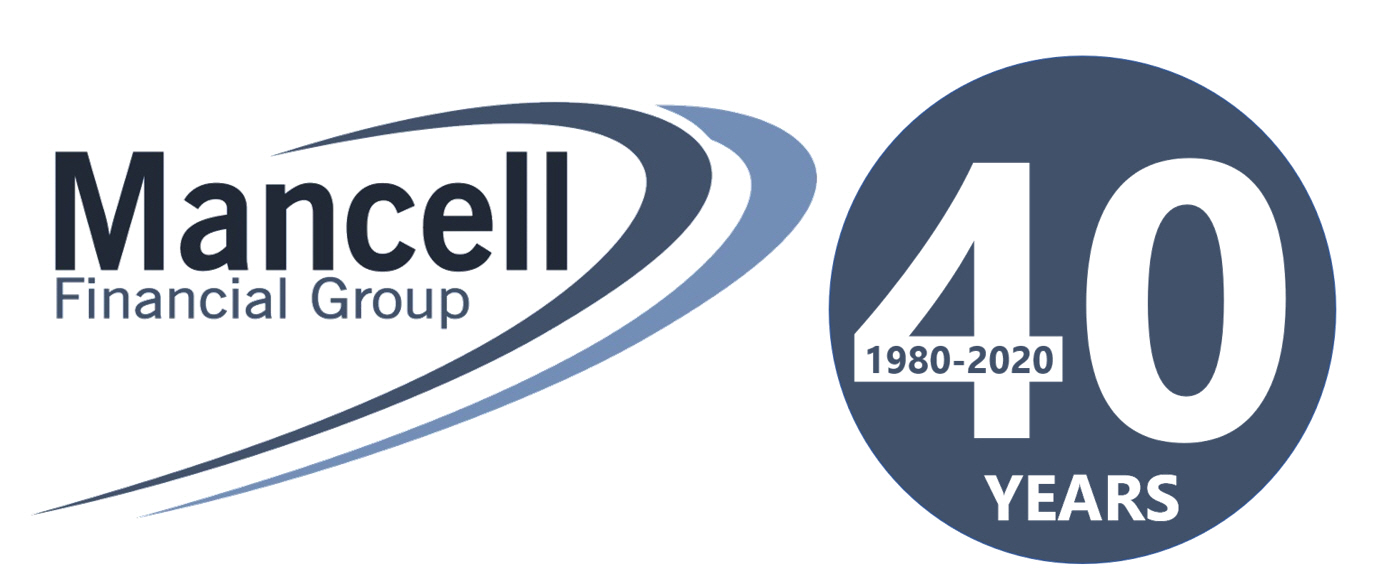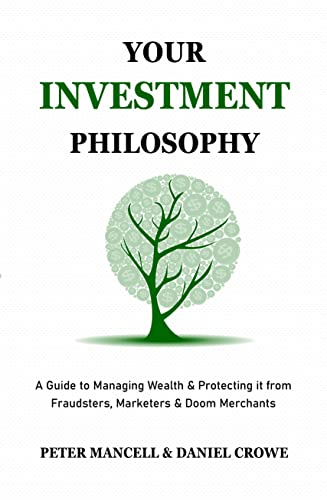What’s the easiest assumption you can make about the future? Assuming what’s just happened will continue to happen. It was only a couple of years ago we thought we’d seen the back of a certain US President forever! It’s a handy reminder about extrapolation or recency bias on anything.
Politics exists on a pendulum. Things swing back and forth. It’s generally the incumbent party’s power to lose. Be that through incompetence, hubris, or staleness. Power then shifts back to the other side of politics.
With investing or business, things are always moving forward. Not side to side. The analogy might be it’s more like a highway. Something happily motoring along right now won’t necessarily be happily motoring along in the future. The investment highway has plenty of rusted-out wrecks beside it. Companies that sped ahead of the pack, for a moment, before blowing out a tyre, crashing, or being pulled over by the police. Or they may have simply experienced engine troubles, they’re still going forward, but now they drive permanently in second gear.
It’s why trying to make assumptions or guesses about the future of a business is hard. It involves assessing the ongoing persistence of products and services that have been historically reliable, and assumed to be bullet-proof. It also requires assessing the likely persistence of new products and services that no one fully understands, but are anointed as the future.
The Future of Food?
Back in 2019 a company called Beyond Meat went public. It made food products that attempted to replicate the taste and texture of meat. Burgers, steak, sausages and chicken, all made from plants and oils processed into something resembling the meats they were said to mimic.
2019 was a different time. Environmental, social, and governance (ESG) issues were a big thing in the investment and business world, and a plant-based alternative to big bad actual meat formed part of that movement. Anything associated was hot, and there was significant hype around plant-based meat. Beyond Meat’s initial offering price was $25 and within a few months it was over $230. The peak market cap was over US $14 billion.
There were some arguments that Beyond Meat could even be regarded a premium brand. An example would be like Cape Grim Beef from Tasmania. It’s laughable that highly processed food could ever be compared to high grade farm produce, but when people make arguments about future growth, they’ll come up with any reasoning.
Beyond Meat certainly charged a premium price. Its prices were at the upper end of most of the plant-based meat products, which were already very expensive. Neilson data showed on average that plant-based beef was double the price of real beef, while plant based chicken was triple the price of real chicken.
Eventually there was a backlash. There were arguments that plant-based meat wasn’t as healthy as claimed. It was overly processed. And it simply failed on the most important metric: taste. Then there was competition. Anyone with scale can produce a fake meat product, the ingredients aren’t hard to come by. Some of the biggest real meat producers like Tyson and JBS got in on the game, so did the world’s largest food maker, Nestlé.
Suddenly, consumers were cost conscious after a spike in inflation, and worse, the market wasn’t as big as assumed. Beyond Meat’s revenues have been falling, and they’ve been restructuring their debt. That $14 billion market cap is a long way in the rear-view mirror. At last count it was trading just above $4, with a $266 million market cap.
Emissions Free Driving
Another ESG favourite are electric vehicles. While some manufacturers have seen success, the demand, again, isn’t living up to the hype. There have also been questions over the environmental credentials of EVs.
China has gone all in on electric vehicles, as a manufacturer. Indonesia has gone all in on electric vehicles, as a supplier of one of the key raw materials required for EV batteries, nickel. Despite EV companies pushing a green future, the nickel in their batteries is anything but green.
In recent years, Chinese technological know-how and money have helped Indonesia build high-pressure acid-leaching (HPAL) plants — once deemed too risky and too expensive — which use high temperatures to extract nickel from low-grade ore abundant in Indonesia to process it into EV battery-grade material.
The government has framed Indonesia’s nickel industry as critical to the country’s economic prosperity. But its nickel sector holds a blotted track record of human and environmental harms, a trend that locals and activists worry HPAL could continue. “Indonesia has been able to develop nickel at any cost — and the market doesn’t … penalize anything,” Adhiguna says.
Last year, a satellite video showed an unidentified nickel smelter dumping its waste into the sea, which villagers say turned the seawater brownish-yellow and contaminated fish.
The massive amount of nickel supply from Indonesia in recent years has halved the nickel price. It’s also wiped out any prospect of what’s said to be a cleaner supply coming from higher cost and potentially more rigorous countries, like Australia.
A company in Australia, Queensland Pacific Metals, had developed a process where they took waste ore from New Caledonia, refined it in a closed loop and outputted nickel, cobalt, high purity alumina and hematite. There were no tailings, and what was left was an inert residue that could be used as engineered landfill. No need to pump waste into the ocean on the sly.
They signed a deal with General Motors, who took a stake in the company to guarantee supply of nickel for batteries in their assumed future mass production of electric vehicles. Problem was, none of this could be done on the extreme cheap. While the process was proven in a demo plant, the full-scale thing would cost over a billion and required a nickel price over $20,000 a tonne.
Not happening while Indonesia is pumping out nickel at any cost.
Despite state and federal government support, including eight figure grants, the Queensland project has gone dormant. The company has pivoted to make gas and electricity its focus, via a project it had acquired to supply power to the refinery in Townsville. It now benefits from spiking east coast gas and electricity prices on hot days.
This brings us to the established carmakers. General Motors, who’d signed the deal with Queensland Pacific Metals, have dialed back electric vehicle expansion. It’s a similar story with Ford, who were losing $44k US on every electric vehicle sold, and projected it would lose $5.5 billion on EVs this year. A focus on larger vehicles hasn’t really worked, so Ford are turning their attention to smaller EVs.
There is certainly success being had in the EV marketplace. BYD and Tesla are the dominant global players. In these cases, EVs and/or plug-in hybrids are their sole focus. They just want to be one thing. Even so, several second tier EV players have gone bust. For the older carmakers, they have a foot in each camp. They don’t want to relinquish their established market, while not wanting to give up on a potential new market. It’s hard to be all things to all people, especially when many people still aren’t convinced about electric vehicles, and analysts seem to have overestimated the demand.
There’s certainly money to be made on all new trends and “the next big thing”, but there’s also plenty of money to be lost. Not every next big thing catches on. And even when something does catch on, not everyone who gets involved will be able to capture the gains
It will be survival of the fittest, but survival can also be influenced by timing and luck.
One assumption you can make about the future? It’s not outrageous to believe economies and financial markets will continue to grow and advance as businesses compete.
Accomplishments will be distilled into financial markets. The failures will also be distilled into financial markets. The competition is fierce, and markets eventually have a way of sorting the winners and the losers. As investors we will benefit by participating in the upside of the winners and diversifying away the extremities of the downside that come with the losers.
Remain diversified and keep a healthy distance from “the next big thing”.
This represents general information only. Before making any financial or investment decisions, we recommend you consult a financial planner to take into account your personal investment objectives, financial situation and individual needs.




